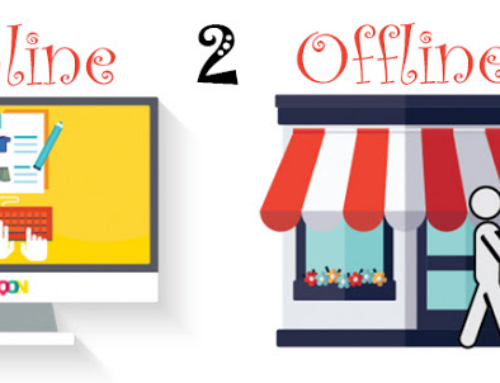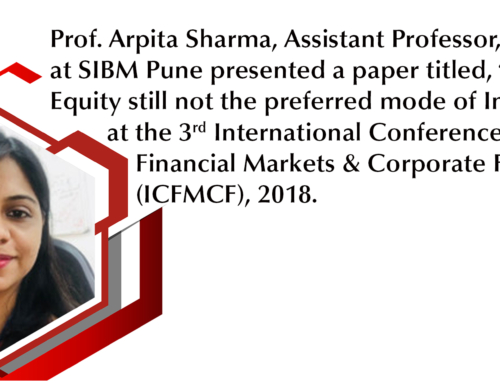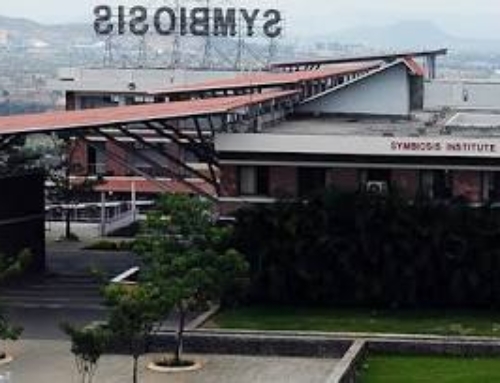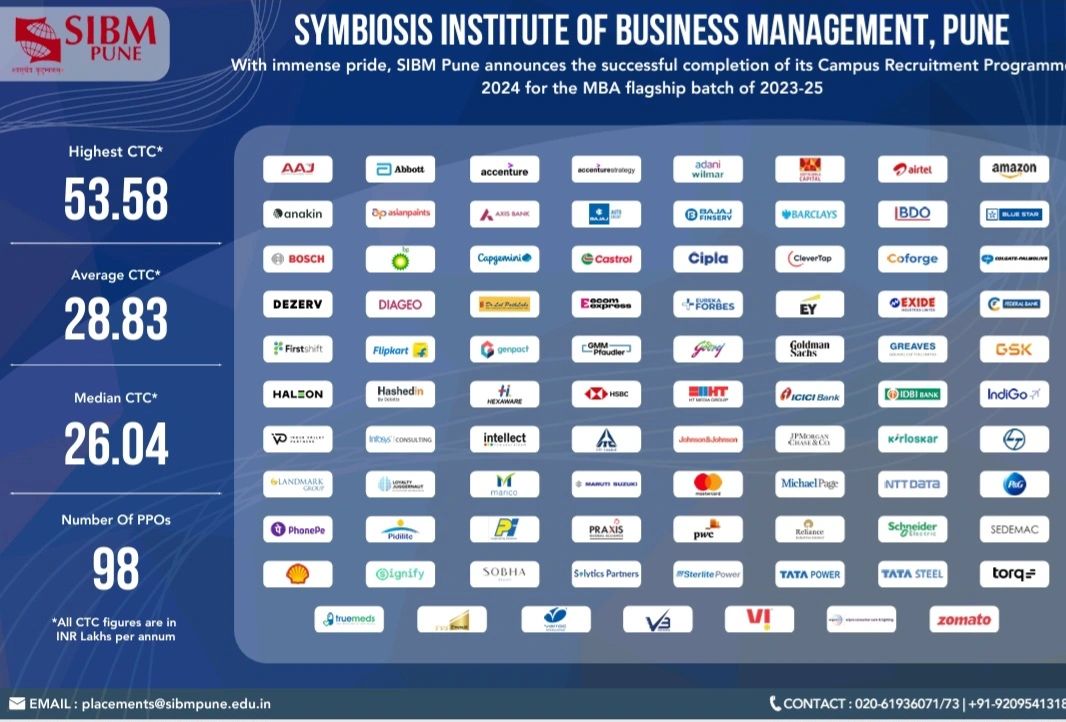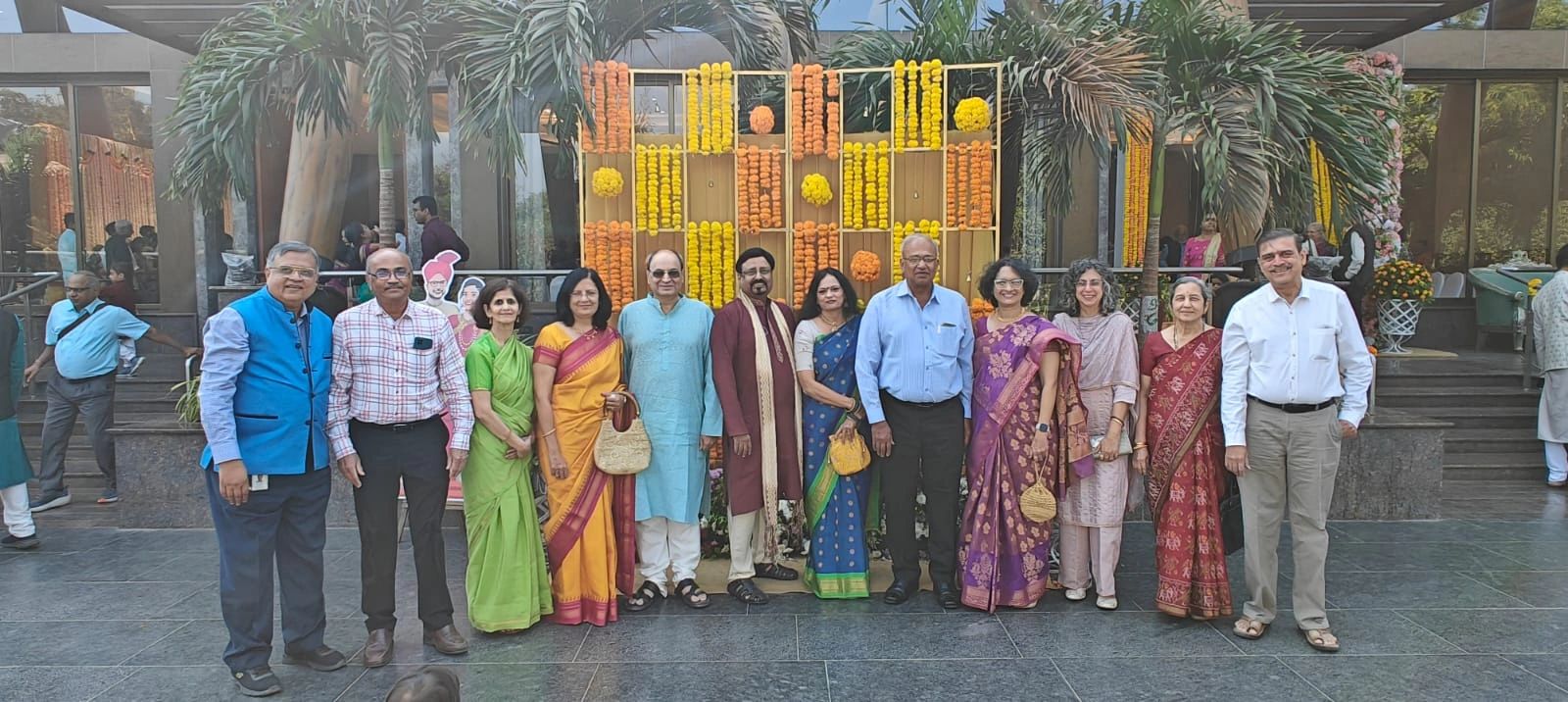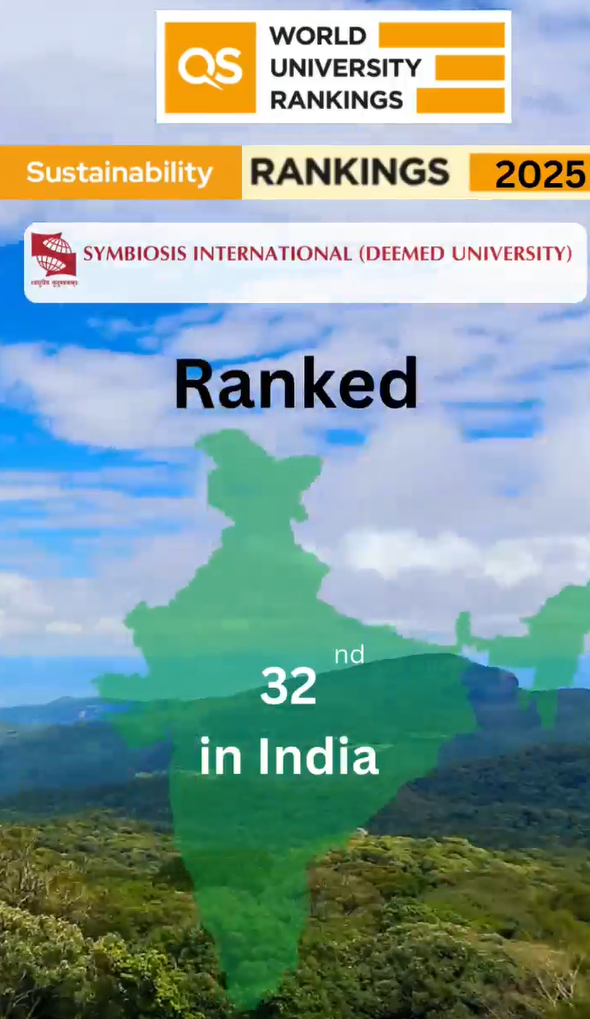Inorganic Growth of Businesses

Homo-sapiens of the post-modern era is skeptical of all things inorganic, besides, of course, the big established names of the business world. Inorganic growth refers to the growth of an organization by means of acquisitions and mergers. It allows them to avoid the pain of building a company or a division ground up, test its feasibility and of course hire some of the best minds for the same. But that is only the bright side of the story; the same acquisitions and mergers, more often than not, sink the mightiest of the organizations, sabotage their brand equity and jeopardize their core businesses.

The above illustrations show a few of the largest mergers and acquisitions, but have they all stood the test of time? That’s a question to ponder upon.
Microsoft’s acquisition of LinkedIn proved to be a masterstroke but its acquisition of Nokia was one of the worst decisions in the company’s history. The coming together of Uber in China with Didi Chuxing made sure the former wouldn’t have to face the wrath of the Chinese government and got promised space in the country. Similarly, Idea Cellular and Vodafone India came together to fight its rival Jio (a relatively new competitor), but whether it will be successful, only time will tell. Talking about Tata Motor’s merger with JLR and Walmart’s acquisition of Flipkart, both send out a clear message. It is easier to buy an online retail business for Walmart than to create a brand for itself in India, similarly, it is easier for Tata Motors to venture into the luxury car segment by the association itself with JLR than to build a luxury brand ground up. Apple obviously acquired Shazam to increase its offerings and Amazon acquired Zappos because who wants a competitor when the competitor can become a partner. Google happens to be a marquee company in the tech world and would obviously want to compete in any field it can, hence the acquisition of Motorola. It gave Google the power to directly compete against Apple and Microsoft in the hardware technology segment. Facebook’s acquisition of WhatsApp and Instagram made it the biggest player in the social media segment but will that not have a cannibalistic outcome? And does it insure Facebook against new disruptive startups? Pressing questions for Facebook to answer. Let us now discuss the challenges and benefits of inorganic growth of businesses in detail.
Challenges
Mergers and acquisitions are obviously done with a positive outlook towards the future, but not all mergers and acquisitions are done willingly. It can not be said that Idea Cellular and Vodafone India merged willingly; because they didn’t have the plans to, but Jio came into the market and disrupted it. This merger was undertaken so that both these companies could salvage their situation and stay alive in the future by becoming strong enough to compete with Jio.
The major challenges of inorganic growth are
- Cannibalism- Acquired companies often pose the threat of eating up the market share, profits, etc. of the acquiring company. For example, millennials nowadays spend a considerable amount of time on Instagram and WhatsApp, due to better interface and other features; and are slowly drifting away from Facebook.
- Ethos Mismatch- Every organization, irrespective of its stature has a vision and a mission. What we need to realize is that when there is a merger or an acquisition, two or more cultures meet, leading to a cultural difference. This may lead to a difference in opinion, initially, and major differences, subsequently. To avoid this, the administration needs to ensure a smooth transition and bring in line every individual’s objective.
- Subordination- Whenever two organizations come together due to the acquisition or due to the merger, the smaller half is often used as a support system for the bigger half, hurting the sentiments of the smaller organization. The functions of the smaller organization are altered to suit that of the larger organization, making a dent on the smaller organizations integrity.
- Mass Layoffs- Mergers and acquisitions are synonymous with pooling of resources, which ultimately implies a reduction in overall resources. Two separate offices become one office, assets are shared, technology is shared which ultimately mean a reduction in human resource. This is a very critical challenge as this sends out a negative image of the company denting the brand equity. Organizations should plan this very carefully and ought not to leave their employee’s future in jeopardy.
Benefits
Despite the shortcomings, the benefits of inorganic growth seem to heavily outweigh its challenges. Trends suggest that if an individual can build an organization good enough, there are merging and acquiring opportunities waiting in line for his company. Let’s take into account the takeover of UTV Software Communications Ltd by Walt Disney Co., Walt Disney Co. couldn’t have possibly understood the Indian entertainment industry from the US, and building the content that UTV had already done over the years would have been a distant dream. Moreover, building animated content (which is the forte of Walt Disney Co.) for India and competing with Hungama Channel (Subsidiary of UTV) again seemed to be an uphill task. So was acquiring UTV a masterstroke for the Walt Disney Co.? Well Yes, under proper Indian leadership and American support, it has stood the test of time and is still going strong along with a feather being added to the cap of Walt Disney in the South-Asian market.
The major benefits of inorganic growth are-
- Expertise – Inorganic growth blesses organizations with expertise which otherwise would be difficult to acquire. Coca-Cola’s acquisition of Costa Coffee gave Coca-Cola the necessary expertise to enter, manage and grow in the coffee chain space. It also helped Coca-Cola to diversify its offerings.
- Market Presence – As discussed in the UTV and Walt Disney case, acquisition of UTV along with other Indian entertainment brands gave Walt Disney Co. necessary muscle power and market presence in the South-Asian territory. It is also important to understand that inorganic growth isn’t necessarily aimed to increase the market presence in the existing play-field, but also to branch out into new markets.
- Financial Benefits – Inorganic growth is synonymous with mergers and acquisitions for which one of the core reasons is resource pooling. Applying Multi -Why analysis we understand that the reason behind such pooling is to cut down expenditures and grow revenues. Steel industry remains the prime example of such benefits in which smaller organizations come together to pool resources viz. plants, machinery, which in-turn increase profits.
- Muscle Power – Smaller organizations integrate to fight bigger players and to stay relevant in the market. This phenomenon is often seen in the banking industry where smaller players come together to fight bigger players. These organizations understand that their presence, financial strength, and brand value will draw prospective customers to them. The merger of all the State Banks in India testifies this statement.
- Mudit Chowdhary
Mudit is an MBA first-year student in Innovation and Entrepreneurship with a deep interest in the business world and considerable insight into the field of traditional businesses. An aspiring entrepreneur, he is interested in integrating the after-life service market before eventually foraying into the energy business.



